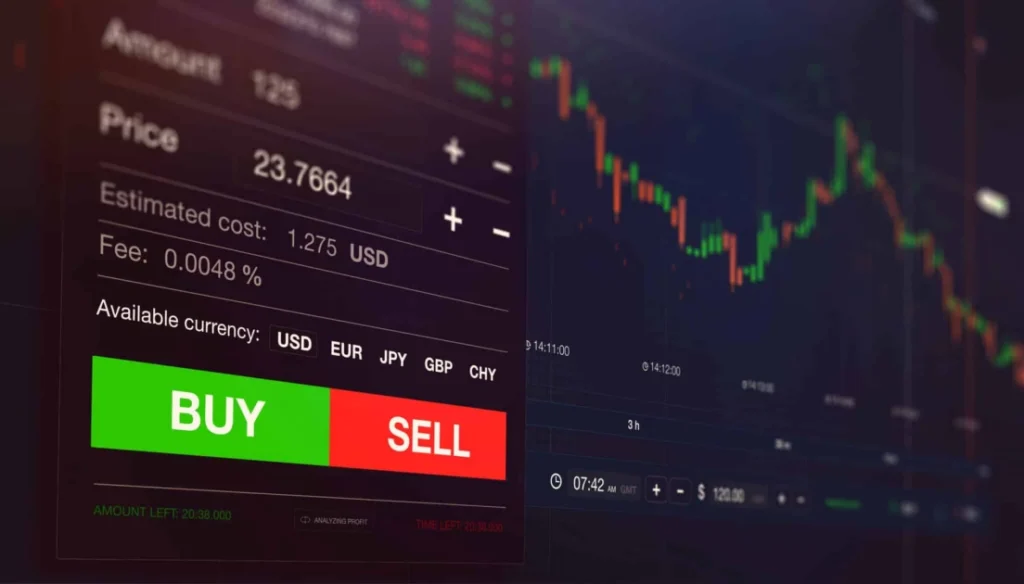Introduction to Forex Trading
What is Forex Trading?
Forex trading, or foreign exchange trading, is the act of buying and selling currencies to make a profit. The forex market is the largest financial market in the world, with trillions of dollars being traded daily. Unlike the stock market, Forex operates 24 hours a day, five days a week, as it is a global market that spans different time zones.
How Forex Works
Currencies are traded in pairs, such as EUR/USD, meaning you’re buying one currency while selling another simultaneously. The first currency in the pair is the base currency, and the second is the quote currency. The value of the pair reflects how much of the quote currency you need to buy one unit of the base currency.
- Major Pairs include the USD paired with the EUR, GBP, or JPY.
- Minor Pairs don’t involve the USD.
- Exotic Pairs include one major currency and a currency from an emerging market.
Key Terms in Forex Trading

Basic Concepts in Forex Trading
Understanding Currency Pairs
When trading EUR/USD, for example, EUR is the base currency, and USD is the quote currency. A price of 1.20 means 1 euro equals $1.20. Your goal is to predict whether the base currency will appreciate or depreciate against the quote currency.
What Moves the Forex Market?
Several factors can influence the value of currencies, including:
- Economic Indicators like GDP and employment data.
- Political Events such as elections and policy changes.
- Market Sentiment — the collective emotional response of traders, which can drive price movements.
How to Read Forex Charts
Traders often use charts to observe price trends and changes over time. The most common chart types include:
- Line Charts: Simple charts showing closing prices over time.
- Bar Charts: Indicate the opening, high, low, and closing prices.
- Candlestick Charts: Provide detailed insights into price direction and volatility.
Technical Analysis in Forex
Popular Chart Patterns
Technical Indicators:

Fundamental Analysis in Forex
Key Economic Indicators
- Interest Rates: Controlled by central banks.
- Inflation
- Non-Farm Payroll (NFP): A critical U.S. jobs report that can cause volatility.
Risk Management in Forex
Position Sizing: Refers to the amount of capital invested in a trade.
- Use stop-loss orders to limit your losses.
Forex Trading Strategies
Day Trading Strategies
Algorithmic Trading
Forex robots or Expert Advisors (EAs) can automate trades for you.





